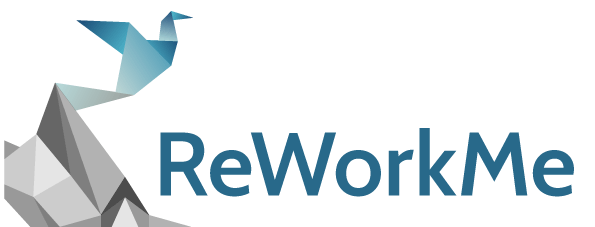 I recently noticed that two of the tires on my automobile needed air and I drove to the neighborhood gas station to put some air in the tires. When I arrived at the gas station property, I drove to a free-standing tall free-standing silver box with the words “Air and Water” written in bold black letters on the top of the box. I stopped in front of the Air and Water machine, got out of my automobile, and deposited $1.50 in quarters in the “Put Money Here” slot in order to activate the air pump.
I recently noticed that two of the tires on my automobile needed air and I drove to the neighborhood gas station to put some air in the tires. When I arrived at the gas station property, I drove to a free-standing tall free-standing silver box with the words “Air and Water” written in bold black letters on the top of the box. I stopped in front of the Air and Water machine, got out of my automobile, and deposited $1.50 in quarters in the “Put Money Here” slot in order to activate the air pump.
As I knelt down and inserted the air nozzle into the air valve on my tire, I reflected on how I would have performed this same procedure forty years ago at a gas station. (Yeah, I’m showing my age.) Actually, I wouldn’t have been performing this procedure to put air my tires. Instead, I would have driven up to the gas pump and an attendant wearing a gas company uniform would have come out from his comfortable air-conditioned office and asked me if I wanted regular or premium gas in my car. Then he would have proceeded to pump my gas and check the air in my tires and the amount of oil in my engine without charging me an extra cent.
Today, “full service” at a gas station is unthinkable. I now have to pay $1.50 just for air or water! Really? Under the guise of self-service almost every gas station that I know about offers “no service” when it comes to your automobile. And what’s worse, we’ve come to believe this is the norm and entirely acceptable because it’s been labeled “self-service.” Don’t even get me started with it comes to “self-service check-out” areas in a grocery store!
If you run a business or if you’re running your life, consider how much you will stand out with others if you offer basic FREE services to your customers, friends or family members. Imagine doing something for someone without expecting anything in return. If you want to set yourself apart as a leader, why not do something no one else is doing¾give something to somebody without expecting anything in return. Perhaps you should consider adopting the three core values of the United States Air Force, which are, “Integrity First – Service Before Self – Excellence in All We Do” Now that’s what I call Full Service!


